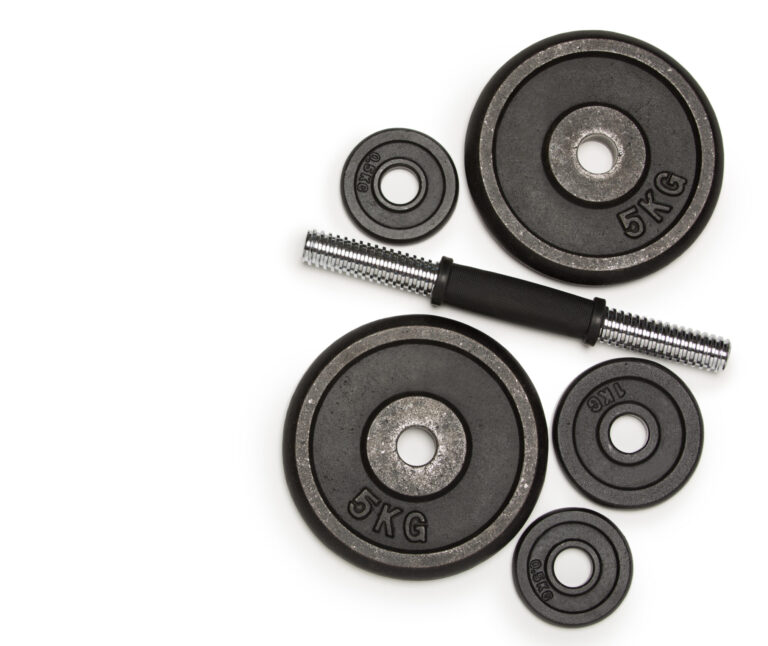by Melissa Fox
Would those alluring fire hall calendars still be so alluring if the firefighters gracing each month didn’t look as though they were chiselled from stone?
Aesthetics aside, peak physical fitness is one of the most critical tools in a firefighter’s arsenal. Regular attention to health plays a significant role in these emergency responders’ ability to power through disaster situations. The role of a firefighter is not one to be taken lightly, as the sole purpose of the position is to protect and serve. In general, prospective firefighters must pass a battery of intensive exercises, from endurance to strength, before they make the cut.
Physically and mentally taxing at the best of times, first responders live in a place of high alert and must be prepared to go at a moment’s notice. With little room for error, preparation becomes a weekly, if not daily, task.
A firefighter on island for 11 years, Tristan Burchall explains that a regular fitness routine is a necessary part of the job and, while there is an overall expectation for him and his colleagues to maintain their physical strength, as long as they are meeting their requirements, there is some leeway in what can be included in their fitness regime. “Every day, there is a schedule for people to go to the gym and take care of themselves. I follow my routine and train on my schedule at least five times a week.”
You can plan for hurricane season (or any other act of nature) by stocking up, prepping tools and ensuring equipment like tarps, ropes, nails, etc., are in good repair. There aren’t hard and fast rules for getting or keeping your body in tip top shape in case of emergency.
“Technically, we’re supposed to be fit before the storm comes,” Burchall says. Still, the best training involves equal parts weight training and cardio, and routines including things like combat ropes can mimic the on-the-job experience of the heavy lifting while moving at a fast pace.
Currently in the Airport Operations Division, Burchall spent several years on the primary structural side of the force. As a result, he has first-hand experience hauling heavy tools and equipment onto a roof decked in his full uniform for hours at a time. “Typically, you have to carry heavy equipment while you’re wearing a breathing apparatus over distances. So, you need the endurance training.”
Burchall also touches on the importance of physical training in strengthening the mental muscles needed to cope with unexpected experiences while out in the field, particularly in a disaster situation. “One of the first things I learned on the job is that the training is a great way to distract you, and it releases the natural endorphins into your system. It kind of makes you feel better when you experience something negative on the job.”
After the storm and the roads are clear of debris and downed lines, a firefighter’s new priority becomes personal recovery, and, as Burchall notes, that must include good quality sleep. “I’d say the best way to wind down after the rush is to make sure that you get plenty of sleep. I try to aim for at least seven to nine hours. Sleep is underrated; it rejuvenates the mind and body.”
Are you or someone you know dreaming of becoming a firefighter or first responder? In addition to an innate drive to help, physical conditioning is vital. “I wouldn’t suggest focusing on just cardio or heavy lifting alone,” Burchall says. “You have to combine the two; that’s the best thing for future firefighters. If you focus on physical strength, you won’t have cardio, and if you just do cardio, you won’t have physical strength. You need to find the right blend, the best of both worlds.”
Firefighters and other first responders working in Bermuda have a reasonable expectation that at least once in their career they will find themselves on rescue and recovery duty, scaling the sides of candy-coloured houses and braving the treacherous pitches of limestone roofs. In our unique climate, this kind of work is challenging on a good day, but even more so when taking safety gear and equipment along for the ride. For firefighters, preparing for natural disasters is a marathon, not a sprint: “I aim for five days of strength training and cardio, minimum, and try my best to do it consistently,” Burchall says. “That’s what helps me the most.”

